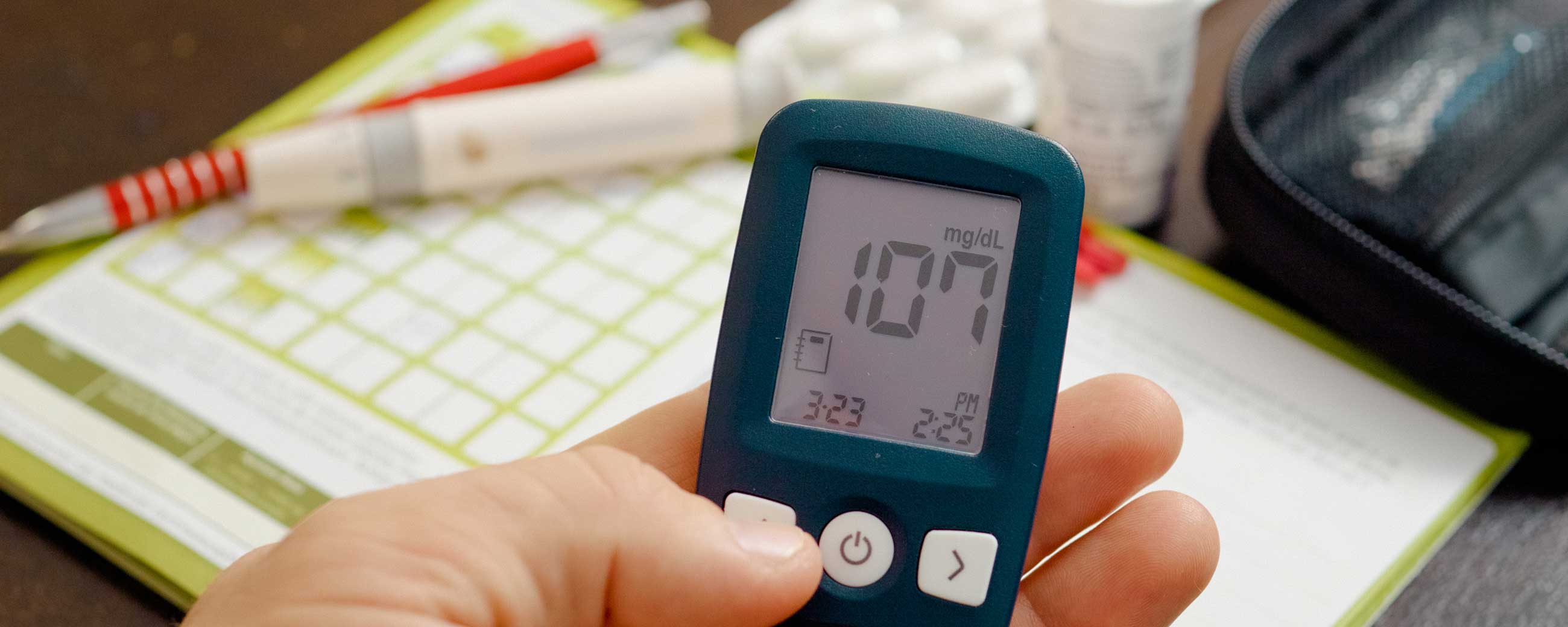
Why Medical Supervision Is Necessary For Reversing Diabetes

One of the surprises patients often mention after joining Virta is how quickly their metabolic health improves. As we outline in our peer-reviewed paper, 56% of our clinical trial participants had a HbA1c below the diabetic threshold of 6.5% after 10 weeks, with most reducing or eliminating diabetes medications along the way. These positive results can appear within just a few days or weeks of a patient’s start with the Virta Clinic.
Eliminating medications while reducing HbA1c, losing weight, and improving blood pressure can be a transformative experience for our patients. Paradoxically, these rapid and dramatic improvements in blood glucose and blood pressure can also pose a health risk from over-medication if not medically supervised. To understand why, it’s helpful to know a little about the research on carbohydrate intake and its use in the practice of medicine.
Carbohydrate intake as a therapeutic tool
The science of carbohydrate restriction and its use as a medical intervention isn’t new. Ketogenic nutrition, a low carbohydrate, high fat approach favored at Virta, has been part of some lifestyles since ancient times. It has its modern origin in clinical practice in the Mayo Clinic nearly 100 years ago, and in the last 30 years it has been increasingly used at Johns Hopkins University and many other medical centers across the world. Once used primarily for epilepsy, it is gaining acceptance as an intervention for other neurologic conditions, metabolic disease, obesity, and diabetes, and numerous studies have detailed its safety and efficacy.
Why medical supervision is difficult
One might ask, why not just have my primary care physician administer this approach? First, formal training in nutrition is minimal for most physicians, and the majority do not have experience in utilizing carbohydrate restriction to help their patients. For those few doctors who do, even fewer have the time, administrative support, and real-time monitoring capabilities of blood ketones, glucose, blood pressure, and weight needed to track, decrease and eliminate medications safely. At best, the average patient living with type 2 diabetes sees his or her primary care physician or endocrinologist every 3-6 months. Many patients require multiple medication changes in just the first few weeks of starting Virta, and how this is done is highly individualized. Sending a patient out of the office with instructions and a schedule for doing this on their own is extremely difficult and possibly unsafe, due to the individualized response of patients to this intervention.
Even assuming perfect adherence to the nutrition intervention, patients also differ greatly in their degree of insulin resistance, amount of internal glucose production (gluconeogenesis), and the complex interactions among multiple medications. There is no "one size fits all" approach, and there is a high risk of adverse effects such a hypoglycemia or low blood pressure if patients are not closely monitored during this transition.
Rethinking how diabetes care is delivered
This is why we have designed Virta to be highly individualized to each patient’s biochemistry and lifestyle, and why we insist on close physician supervision while patients are reversing their diabetes. To create this individualization on a continuous basis for millions of people, we had to rethink how diabetes care is delivered.
This is where technology comes in. Our digital tools combined with our advancements in artificial intelligence enable Virta physicians to practice what is essentially intensive inpatient diabetes treatment in an outpatient setting—monitoring blood values multiple times per day and adjusting medications continuously in real-time with a closed feedback loop.
This isn’t feasible for even the most dedicated primary care and endocrinology practices, and it’s why both physicians and specialists are turning to us to help their patients reverse their diabetes. Virta physicians and scientists have treated thousands of patients and published numerous papers on how to reverse diabetes safely and sustainably. In both our clinical trial and in our clinic, there have been no serious adverse events or symptomatic hypoglycemia attributable to our intervention. Safety has been and always will be our highest priority.
How do our patients feel? We always like to have them tell the story.
This blog is intended for informational purposes only and is not meant to be a substitute for professional medical advice, diagnosis, or treatment. Always seek the advice of your physician or other qualified health provider with any questions you may have regarding a medical condition or any advice relating to your health. View full disclaimer
Are you living with type 2 diabetes, prediabetes, or unwanted weight?








